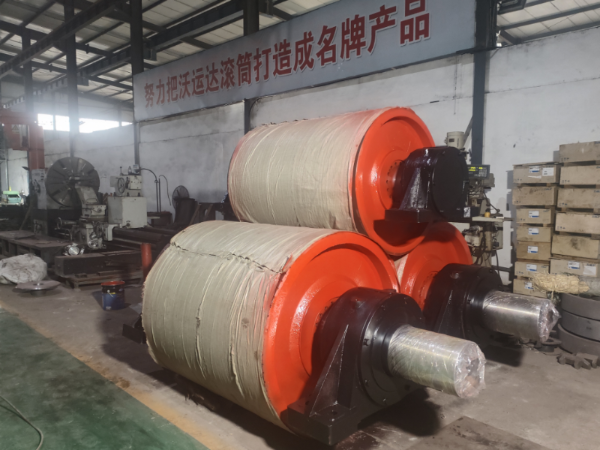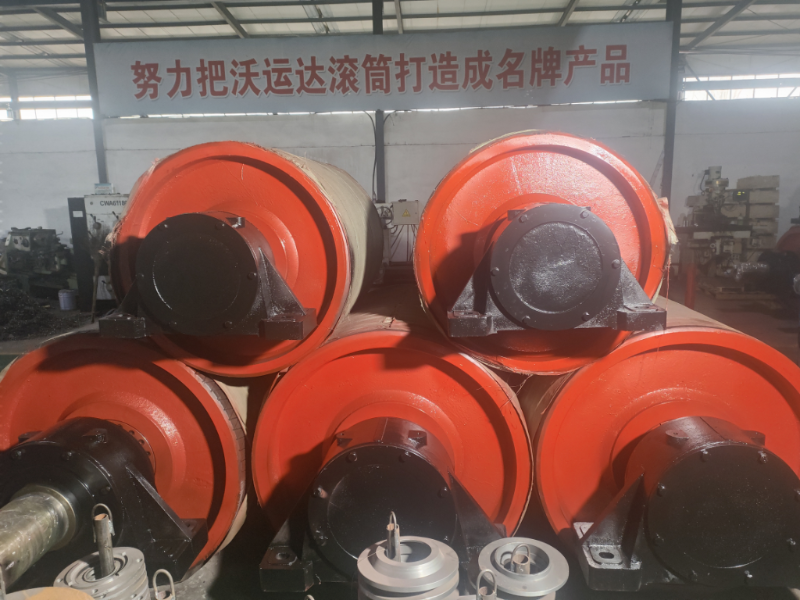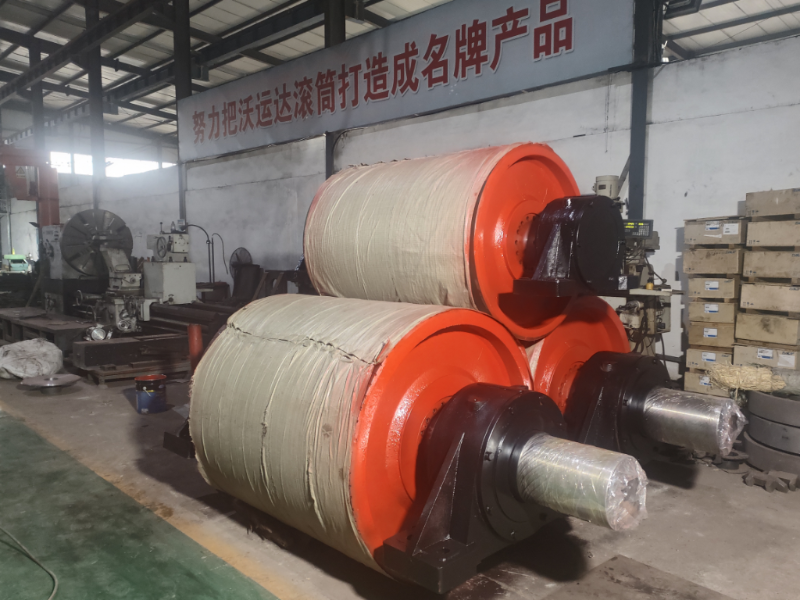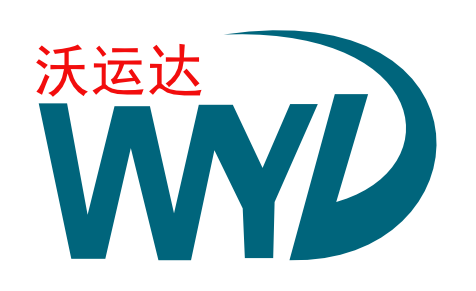
Product Features 3333 Product Features 3333 Product Features 3333

The drive pulley is the component that transmits power in a conveyor system. Its surface can be bare smooth steel, herringbone pattern rubber, or diamond pattern rubber. Bare steel is suitable for low power, narrow belts, and dry environments. Herringbone rubber offers high friction coefficient, good slip resistance, and water drainage, but is directional. Diamond rubber is used for bi-directional conveyors.
Drive Pulley
Structure
Composed of a shaft, bearing housings, discs, and a shell. The surface is covered with rubber to increase friction between the drive pulley and the belt. The bearing housings contain spherical roller bearings, ensuring stable support and flexible rotation.
Drive Pulley Structure
Working Principle
When the drive unit operates, torque is transmitted to the pulley shaft. The shaft then transfers this torque to the shell via an internal expansion coupling (or key). Finally, friction between the pulley and the belt transmits the torque to the belt, driving the entire conveyor system.
Drive Pulley
Selection Factors
1. Length Selection
Choose a pulley width suitable for the cargo width, generally "Cargo Width + 50mm".
2. Wall Thickness & Shaft Diameter Selection
Calculate the required load-bearing capacity per pulley based on the weight of the cargo distributed across the contact pulleys. This determines the wall thickness and shaft diameter.
3. Material & Surface Treatment
Select the material and surface treatment (galvanized carbon steel, stainless steel, blackened, or rubber-covered) according to the operating environment.
4. Choose Pulley Mounting Method
Select the installation method based on conveyor requirements: spring-loaded, internally threaded shaft, full-flat tenon, through-shaft with pin holes, etc.
Drive Pulley Maintenance Methods
1. Regularly clean dust and debris from the pulley.
2. Periodically check the weld integrity between the shell and end caps.
3. Maintain good lubrication to reduce friction damage.
4. Avoid overloading to extend service life.
Technical Indicators
Minimum Drive Pulley Diameter D:
D = c * d, mm
Where d = core thickness or steel cord diameter, mm
c = Coefficient (80 for cotton, 90 for nylon, 108 for polyester, 145 for steel cord).

Frequently asked questions
Frequently asked questions
Frequently asked questions
Frequently asked questions
Frequently asked questions
Frequently asked questionsFrequently asked questions
Frequently asked questionsPackaging and transportation
Packaging and transportation
Packaging and transportation
Packaging and transportation
Packaging and transportation
Packaging and transportation
Packaging and transportation
Packaging and transportation
WeChat QR code
Scan it, you can chat on WeChat
